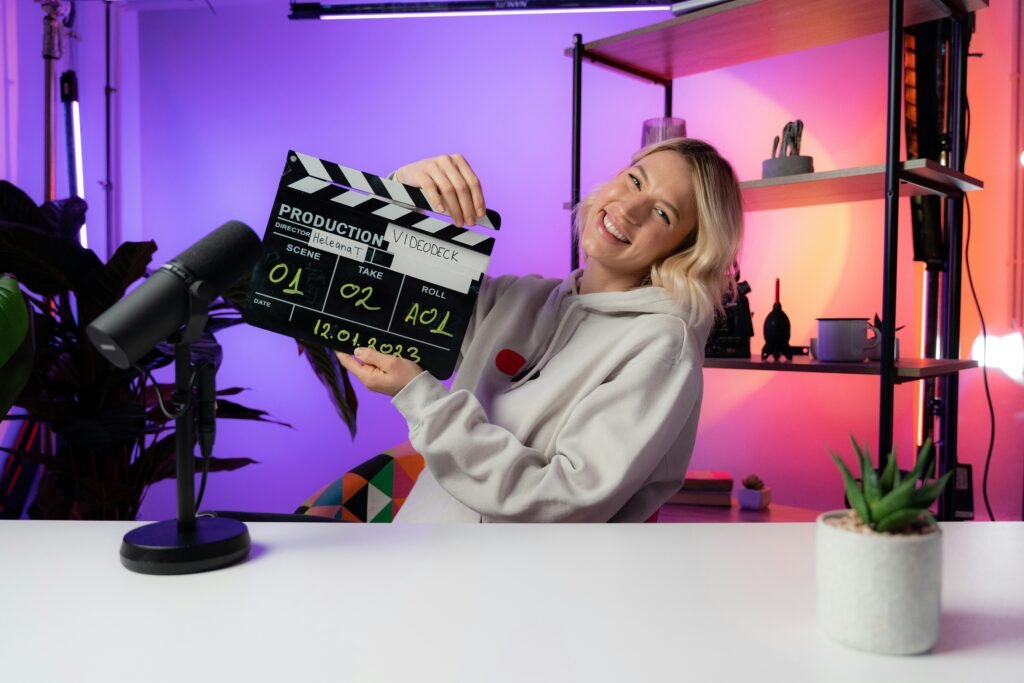Not Another SEO Checklist:
Serious about SEO and content creation? Now it’s a good time to pay attention.
These are tested, actionable lessons learned from working late with my fifth coffee and a piece of chocolate next to the laptop—you know, just in case.
Remember back in the good old days when SEO was all about – using keywords for Google, BUT writing for your reader? And reader meaning – human reader. Well…
1. Optimize for AI bots
According to a 2025 survey by digital marketing agency Higher Visibility, 71.5% reported using AI tools for search and 14% use them daily. While the vast majority still prefer classic search engines, the adoption of AI search is highest among younger generations.

How?
- Simple, but so important: use clear content structure. Let us know what your text is about in the intro.
- Use bullet points, (what do you think I am doing right now?), and the correct headings H1, H2, H3 so AI can summarize your info easily as 1, 2, 3. (See what I did there?)
- FAQ and How-Tos can help AI bots read your content faster.
- Share stats, real examples, and your opinion—ironically, AI loves unique, first-hand insights.
2. Create content for your niche aka the topic of your business
More than keywords, Google likes topic-centric sites where it can find them in abundance.
Here’s what to do:
- Fortify your main pages with at least 10-15 related articles. Link them internally to show Google how everything fits together into one big knowledge hub.
- Cover every question and angle around your niche. (Here is where you use ChatGPT to come up with content ideas)
- Keep it fresh. Update older pages with new examples and links to your new content.
You don’t need to write a book on the topic! You need high-quality, informative posts linked together to show that you know what you are talking about. You are the ruler of your domain!
3. Video content reigns supreme
WebFX (spring 2025): “72% of consumers have said that they would prefer to learn about products and services in a video format.”
What to do:
- Add short, engaging videos (e.g., 30–90 seconds) directly into your blog posts or landing pages. These videos should summarize or highlight the key points of the page. When users watch a short video, they stay longer on your page — improving this metric.
- Coming up with great blog ideas is hard enough. Reuse blog topics in YouTube videos targeting the same keywords. This doubles your chances of appearing in both search and AI-generated results.

4. User-friendly SEO
Even in the world of AI, Google continues to prioritizes user experience signals. If the user comes to your site and bounces quickly, kiss your good ratings goodbye.
What should you do:
- Design pages that are easy to read. The best way to keep your reader’s attention is by giving them what they want. Remember: clean layout, short paragraphs, strong headings and subheadings, and bullet points.
- Prioritize user intent, not just search terms. Understand what the searcher wants and deliver it. This is a tricky one. This is how it works:
Search Term: “Best wine for steak”
Traditional SEO Approach: a blog post stuffed with keywords like “best wine for steak,” “wine pairing with steak,” and list a few wines without much explanation.
User-Centric SEO Approach: Understand that the user intent is to confidently choose a wine for a specific kind of steak. So instead, you create a post like: The Best Wine for Every Type of Steak (With Pairing Tips)
Why it works:
You’ve focused on what the user wants—actionable, confident wine choices—rather than just matching the keyword. You’re solving a problem, not just ranking for a term.
Final thoughts
That’s it—four SEO strategies that most people still ignore, but the ones that actually move the needle.
Now, here’s the deal: none of this works unless you do something with it.
So take what made you nod while reading, what gave you that “ah-ha” moment, and implement it this week. Not next month. Not when the algorithm changes again.
The creators who win in 2025 aren’t the ones chasing every SEO trend.
They’re the ones who understand what users want, show up with value, and make it easy for humans and machines to get it.
And if you’re thinking, “Wow, this is actually doable”—that’s because it is.
Let me know which strategy you’re trying first. I’m cheering for you (with my sixth coffee in hand).
You’ve got this!

